If you’re a gardener, you’ve likely heard about the magic of composting. It’s that natural, nutrient-packed matter that gives life to your plants and keeps your garden thriving.
But did you know how to compost right at home, and it’s easier than you think?
In this blog post, I’m going to reveal the secrets of making your own compost. I’ll guide you through the process step by step, from identifying the perfect compost materials to maintaining your compost heap.
Not only will this help you produce your own rich, organic fertilizer, but it’s also an excellent way to recycle kitchen scraps and reduce waste.
So, let’s dive in and discover the art of composting!
Table of Contents
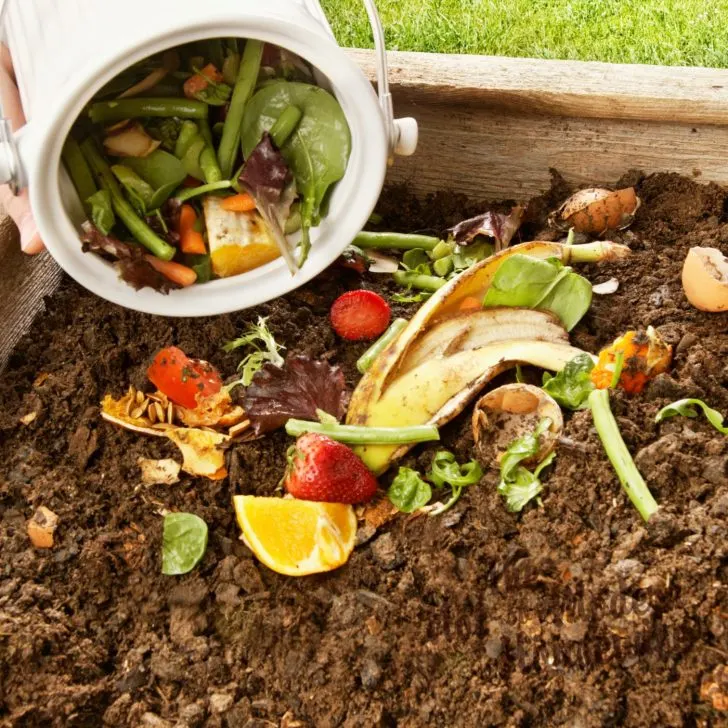
Understanding the Basics of Composting
Before you begin the composting process, it’s important to know a few things. Firstly, there are two types of composting: cold and hot.
Cold composting is when organic materials are left undisturbed to decompose over time without any added heat or energy.
Hot composting uses a combination of air, water, and carbon-rich material, all piled together and left to cook in its own heat. This method is more efficient and produces compost faster.
Now let’s look at the four key elements needed to make a successful compost heap: materials, oxygen, water, and nitrogen.
Materials are what decompose in your compost heap. Materials can include kitchen scraps like fruit and vegetable peels, eggshells, coffee grinds, leaves, grass clippings, and even paper. All of these items provide the carbon and nitrogen necessary for decomposition.
Next comes oxygen. Oxygen helps to speed up the decomposition process and prevents bad odors from building up in your compost heap.
Water is also essential because it hydrates the compost materials, keeping them moist and helping bacteria break down the material faster.
Finally, nitrogen helps to activate the composting bacteria and speeds up the process of decomposition. Examples of materials high in nitrogen are green grass clippings or fresh manure from animals like cows and horses.
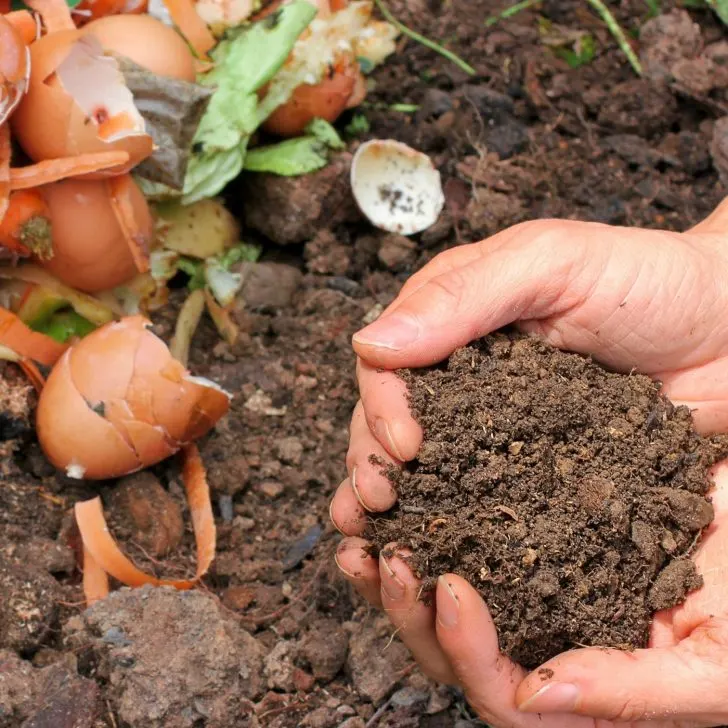
Benefits of Composting
Composting is not only a great way to reduce waste and give back to the environment, but it also offers a range of benefits for both your garden and the planet.
- Enriches the soil: Compost is often referred to as “black gold” because it is a nutrient-rich substance that improves the quality of the soil. By adding compost to your garden beds or potted plants, you provide essential nutrients and minerals that help plants grow and thrive.
- Enhances soil structure: Compost helps to improve soil structure, making it more crumbly and easier to work with. It increases the soil’s ability to retain moisture, allowing plants to access water more effectively. Compost also improves drainage, ensuring that excess water doesn’t accumulate and leads to root rot.
- Reduces the need for synthetic fertilizers: Using compost as a natural fertilizer reduces the reliance on synthetic fertilizers, which can harm the environment. Compost provides a slow release of nutrients, minimizing the risk of nutrient imbalance and chemical runoff.
- Suppresses plant diseases: Composting can help suppress certain plant diseases by promoting a healthy and balanced soil ecosystem. The beneficial microorganisms present in compost can help fight off harmful pathogens, reducing the risk of plant infections.
- Saves money: Composting allows you to recycle kitchen scraps and yard waste, reducing the need to purchase soil amendments and fertilizers. By creating your own compost, you can save money while still providing your plants with the nutrients they need to thrive.
- Reduces landfill waste: Composting diverts organic waste from landfills, where it would emit harmful methane gas during the decomposition process. Methane is a potent greenhouse gas that contributes to climate change, so composting helps reduce your carbon footprint.
- Encourages sustainability: Composting is a sustainable practice that promotes a circular economy. By composting organic materials, you are returning nutrients back to the soil, closing the loop and reducing the need for external inputs.
Overall, composting offers numerous benefits that go beyond just improving your garden. It’s an eco-friendly practice that allows you to contribute to a healthier planet while enjoying the rewards of nutrient-rich soil and thriving plants.
Now that you understand the four basic elements needed for a successful compost heap, let’s look at how to create your own!
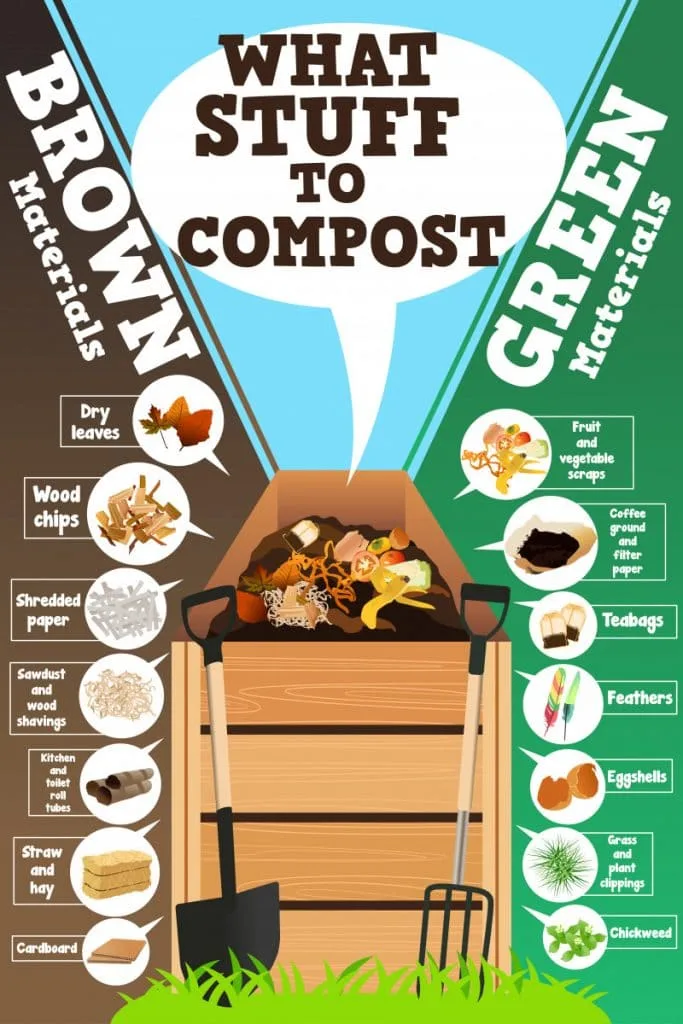
Choosing the Right Ingredients for Your Compost Heap
Before you get started, make sure to collect a variety of materials for your compost heap. You should aim for a ratio of two parts brown materials (carbon-rich) to one part green materials (nitrogen-rich).
Green Materials
Green materials are high in nitrogen and include things like grass clippings, fruit and vegetable scraps, coffee grounds, and even weeds.
Green materials include:
- Fresh grass clippings
- Coffee grounds and tea bags
- Fruit and vegetable scraps
- Trimmings from plants and flowers
- Weeds that haven’t set seed
- Herbivore and omnivore manure (no human, dog, or cat manure)
- Egg shells
- Seaweed
Brown Materials
Brown materials have high levels of carbon and include things like dead leaves, straw, wood chips, paper products, and sawdust.
Brown materials include:
- Dry leaves
- Pine needles
- Twigs and bark
- Straw and hay (avoid hay with seed heads)
- Sawdust
- Dry corn stalks
- Paper without a glossy finish
- Dryer lint
- Cotton fabric
- Corrugated, uncoated cardboard
Types of Compost Bins
When it comes to composting, choosing the right compost bin is an important decision. There are several different types of compost bins available, each with its own unique features and benefits. Here are some of the most common types:
- Open Pile: The simplest and most basic form of composting is an open pile. This can be made by simply creating a heap of organic materials in an open area of your yard. While this method requires the least amount of effort and cost, it may not be suitable for those with limited space or concerns about aesthetics.
- Tumbling Bin: Tumbling bins are a popular choice for many beginners. These bins are designed to be rotated or tumbled to help aerate the compost and speed up the decomposition process. They are usually made of plastic and have a lid to help keep pests out. Tumbling bins are great for small yards or gardens as they take up less space and are more visually appealing.
- Wire Mesh Bin: A wire mesh bin is another simple and affordable option. It can be constructed by bending wire mesh into a cylindrical shape and securing it with zip ties. This type of bin allows for good airflow and drainage, but it may not be as effective at containing odors or keeping pests out.
- Wooden Bin: Wooden bins are a popular choice for those who want a more aesthetically pleasing composting solution. They can be purchased or easily built using wooden pallets or boards. Wooden bins offer good airflow and insulation, but they may require more maintenance and may be more expensive compared to other options.
- Worm Bin: Worm composting, also known as vermicomposting, is a great option for those with limited outdoor space or who want to compost indoors. Worm bins are specifically designed to house composting worms, which break down organic materials more quickly. These bins are usually made of plastic and have multiple layers, allowing the worms to move freely between the layers.
When choosing a compost bin, consider factors such as available space, budget, aesthetics, and personal preference. No matter which type of bin you choose, remember to regularly turn or mix your compost, add a balance of green and brown materials, and keep it moist but not too wet. With the right bin and proper care, you’ll be on your way to producing nutrient-rich compost for your garden or plants!
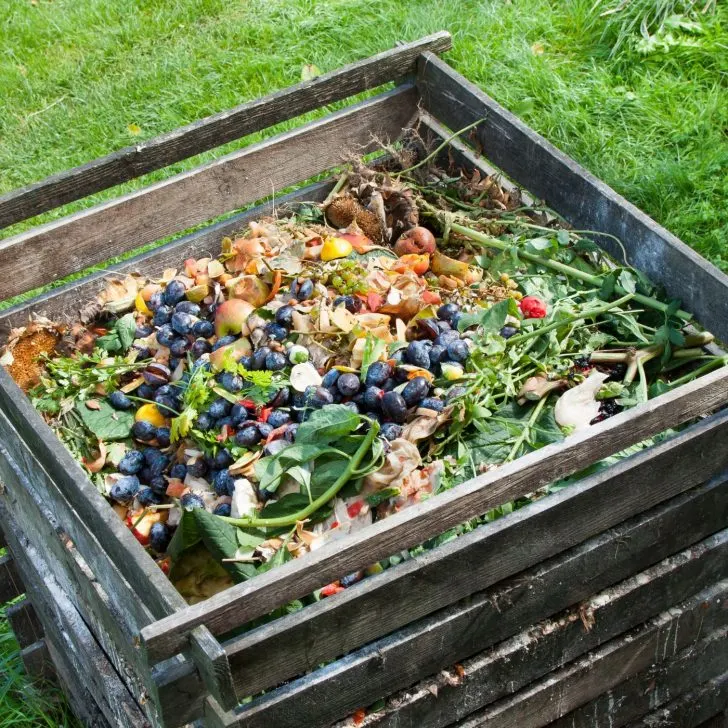
Setting Up Your Compost Bin
Once you’ve collected a variety of green and brown materials, it’s time to start setting up your compost bin. If you have a physical bin, make sure to place it in an area that gets some sun and is out of the wind. You should aim for the sides of the bin to be at least 3 feet tall and 4 feet wide.
If you’re using an open-pile composting method, all you need to do is loosely pile up your materials into a mound. You should aim for the materials to be no more than 4 feet tall and wide to ensure proper aeration.
No matter which method of composting you decide on, make sure to mix in some soil or finished compost to act as a starter. Aerating your compost pile is also important, which can be done by turning it over with a pitchfork or shovel every few weeks.
Maintaining the right balance of moisture and oxygen in your compost pile will help ensure that you have successful results. Moisture should feel like a damp sponge when squeezed, while aeration allows oxygen to circulate throughout the pile to keep it from becoming anaerobic.
Finally, make sure to give your compost a few weeks before harvesting the finished product! With these tips and tricks, you’ll be ready to jump into the world of composting in no time.
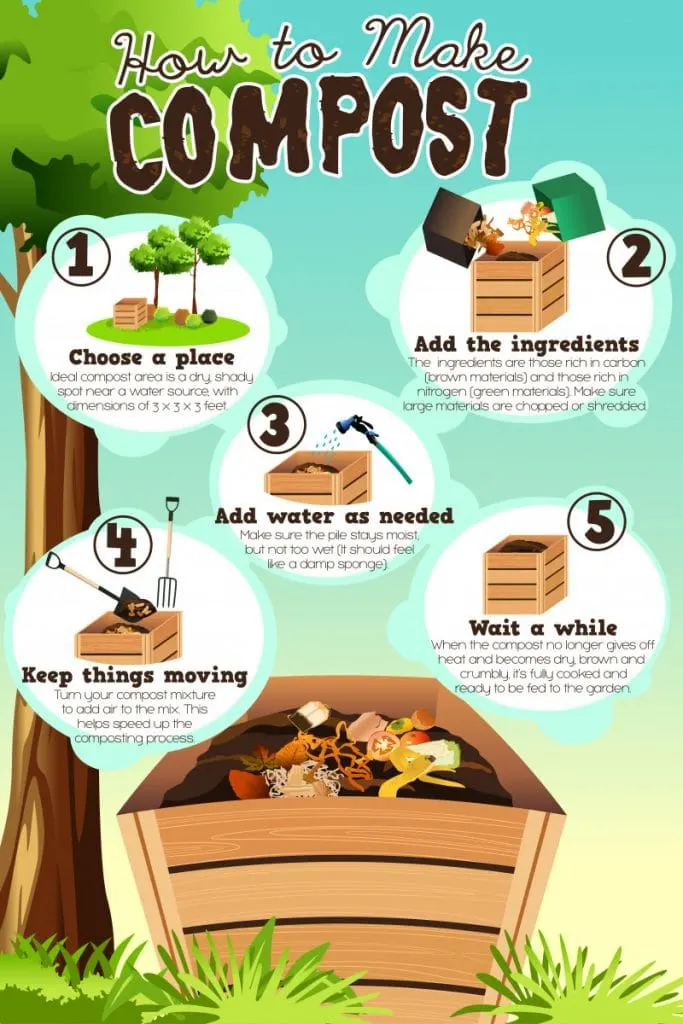
Layering Your Compost Materials
One great way to ensure efficient composting is to layer your green and brown materials. Start by adding a few inches of dry leaves, pine needles, or twigs to the bottom of your bin. This will provide some drainage for the rest of the pile and create air pockets through which oxygen can flow.
Next, add a layer of nitrogen-rich green materials like grass clippings, food scraps, and coffee grounds. Then mix in a layer of carbon-rich browns like straw, sawdust, or shredded newspaper.
Make sure to sprinkle some soil or finished compost between each layer as well to help with the decomposition process. By alternating layers of greens and browns, you can ensure that your compost pile is as effective as possible.
Maintaining Your Compost Heap
Maintaining your compost heap is an important step to ensure success. You’ll want to check on it every few weeks and turn it over with a pitchfork or shovel to aerate the pile. This will help keep oxygen circulating throughout, which is essential for the decomposition process.
You’ll also want to make sure that the pile is kept moist, but not too wet. If it’s too dry, sprinkle some water and turn the pile. The moisture level of the pile will be important for bacteria to break down organic materials, so pay attention and adjust your watering as needed.
Lastly, make sure that the compost stays covered with a tarp or lid to keep out critters and help maintain the temperature of the compost pile. When done correctly, your compost pile should be able to reach temperatures between 113 – 160 degrees Fahrenheit! This will significantly speed up the decomposition process and give you high-quality finished compost in no time.
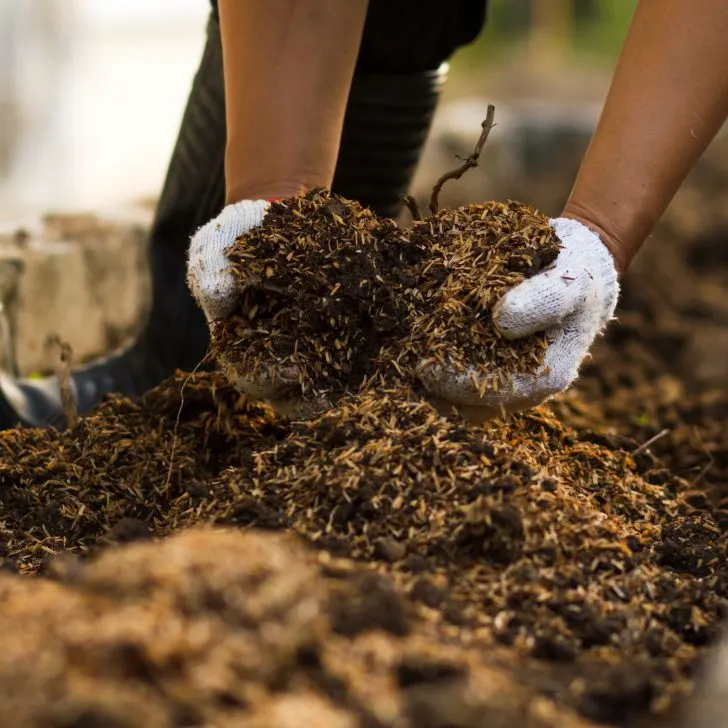
Harvesting and Utilizing Your Homemade Compost
Harvesting and utilizing your homemade compost is the most rewarding step of the process. After a few months, you should be able to tell that your compost is ready based on its texture and color. Once you’ve determined that your compost is ready, sift it through a mesh screen to remove any chunks of debris or other particles that didn’t completely decompose.
Now that you have finished composting, you can use it in your garden or flower beds as a natural fertilizer! Spread the compost over the soil and gently work it into the top layer. You can also use compost to create compost tea for existing plants. Composting is a great way to keep your garden healthy and reduce the amount of waste going into landfills. Not only does it help plants thrive, but it also reduces the need for synthetic fertilizers and pesticides, which often contain harmful chemicals that can be absorbed by plants or seep into rivers, streams, and oceans.
Troubleshooting Common Composting Issues
Composting is a natural process, but sometimes issues can arise along the way. Here are some common troubleshooting tips to help you overcome any challenges you may face in your composting journey:
1. Foul Odor
If your compost pile is emitting a strong, unpleasant smell, it may be too wet or compacted. To remedy this, add dry materials like leaves, straw, or shredded paper to absorb excess moisture. Turning the pile regularly will also help promote aeration and prevent odor buildup.
2. Pests
If you notice pests, such as flies or rodents, in your compost pile, it’s a sign that the balance of ingredients is off. Avoid adding meat, dairy products, or oily items to your compost, as they can attract unwanted critters. Make sure to bury food scraps under a layer of dry materials to deter pests.
3. Slow Decomposition
If your compost is taking longer than expected to break down, it may be due to a lack of nitrogen-rich materials. Add more green waste, such as vegetable scraps or grass clippings, to boost the nitrogen content. Turning the pile regularly and ensuring adequate moisture levels can also help accelerate decomposition.
4. Excessive Moisture
If your compost pile is too wet and soggy, it can become anaerobic, leading to a slow decomposition process and unpleasant odors. To address this issue, add dry materials like straw or shredded paper to absorb excess moisture. Ensure proper drainage in your compost bin or pile to prevent water from accumulating.
5. Unwanted Weeds or Seeds
If you notice that your compost pile contains weed seeds or plant parts that can regrow, it may be because the pile didn’t reach a high enough temperature to kill them off. To avoid this, make sure to maintain the proper carbon-to-nitrogen ratio in your compost and regularly turn the pile to ensure even heating and thorough decomposition.
Remember, composting is a learning process, and it’s normal to encounter challenges along the way. Don’t get discouraged; instead, use these troubleshooting tips to improve your composting practices and achieve better results.
Frequently Asked Questions
How do you make homemade compost?
Making homemade compost is easy! Start by finding a sunny spot in your yard or garden to set up your compost pile. Add equal amounts of green and brown materials, such as grass clippings and leaves, respectively. Make sure to mix the materials and add water until the pile resembles a damp sponge. Then, turn the pile every few days with a pitchfork or shovel and monitor the temperature. You’ll know the compost is finished when it looks like dark, crumbly soil.
What are the 4 ingredients needed to compost?
The four main ingredients needed to compost are nitrogen, carbon, oxygen, and water. Nitrogen-rich materials include kitchen scraps (like vegetable peels and fruit rinds) and green grass clippings. Carbon sources include leaves, straw, sawdust, newspaper, cardboard, and wood chips. Oxygen is necessary for decomposition so it’s important to make sure your compost pile is aerated. Finally, water helps break down the materials and keep them from drying out; you want your compost to be as damp as a wrung-out sponge.
What shouldn’t you put in compost?
There are some items you should avoid putting in your compost pile. These include meat, dairy products, oils, and fats as they can attract pests and create unpleasant odors. Pet waste is a no-no since it may contain harmful bacteria or parasites that could contaminate soil or vegetables grown in the compost. Invasive plants and weeds should also be avoided as they can spread their seeds through the compost and potentially take over your garden. Finally, it’s best to avoid adding glossy paper or plastic as they won’t break down properly.
What are the benefits of composting?
Composting offers many benefits beyond creating nutrient-rich soil for your garden. It saves money on fertilizer since you’re reusing what would otherwise be garbage. It also reduces the amount of trash you have to take to the landfill and can help reduce your carbon footprint. Lastly, composting provides an easy way for you to recycle organic materials sustainably.
Is it OK to put moldy food in compost?
Moldy food is OK to add to your compost pile as long as you’re careful not to spread the mold around. It’s best to bury it deep in the pile and mix it with carbon-rich materials so that it won’t be a breeding ground for more mold.
What is the best homemade compost?
The best homemade compost is made up of both nitrogen-rich and carbon-rich materials. You should aim for a mix that’s approximately two parts brown (carbon-rich) to one part green (nitrogen-rich). Good sources of carbon-rich material include dry leaves, straw, sawdust, and shredded paper. Good sources of nitrogen-rich material include kitchen scraps, fresh grass clippings, and manure. By mixing these two types of materials, you can create a nutrient-rich soil that’s perfect for your garden or lawn.
What is the best compost mixture?
The best compost mixture is one that contains a balance of nitrogen-rich and carbon-rich materials. You should aim for a ratio of two parts brown (carbon-rich) to one part green (nitrogen-rich). This will ensure that your compost pile gets enough nitrogen for bacteria and fungi to break down the organic matter, while still providing enough carbon to help with aeration. Additionally, you should make sure to mix in some water as well to help keep the compost pile moist and ensure that the microorganisms have enough moisture to break down the organic matter. Lastly, don’t forget to add a few shovels of soil or finished compost for beneficial bacteria and fungi. This will help kickstart the process and provide food for microorganisms in the compost pile.
How often should I turn my compost?
Ideally, you should be turning your compost every two to three weeks. This helps aerate the pile and mix up the materials so that they all get exposed to sufficient air, moisture, and heat. Turning your compost also helps speed up the decomposition process and will ensure that your compost is finished more quickly.
Final Thoughts
Composting is a great way to reduce your waste and create an incredibly nutrient-rich soil that will help boost the growth of all of your plants. Although composting can seem intimidating at first, it’s quite easy once you get the hang of it. All you need is the right mix of ingredients, patience, and some love. With just a few simple steps, you’ll be on your way to creating some of the best soil around! Happy composting!
Need more compost than what you have readily available? Check out 5 Little Known Ways to Find Cheap Compost.

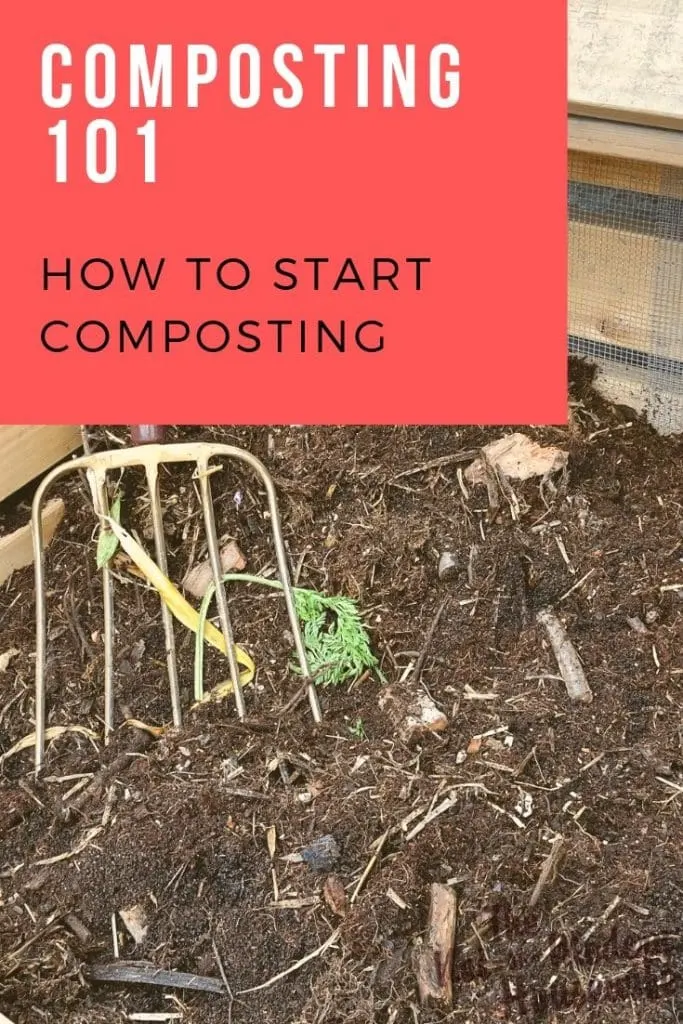
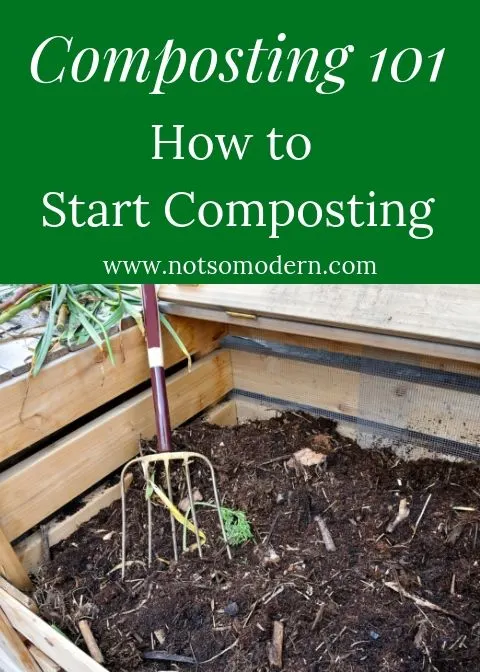
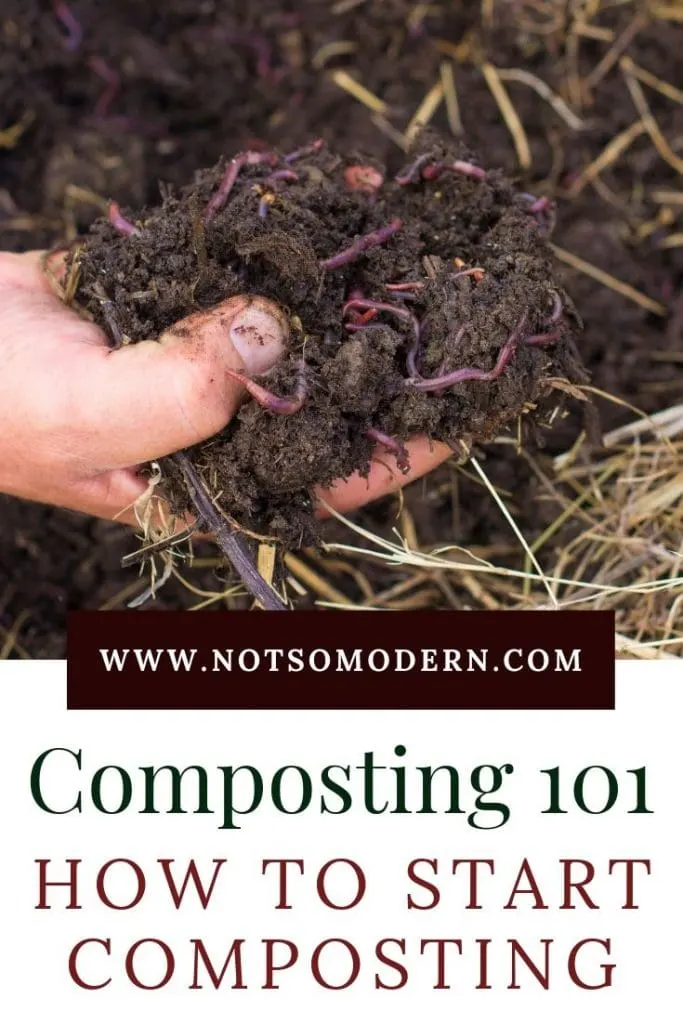
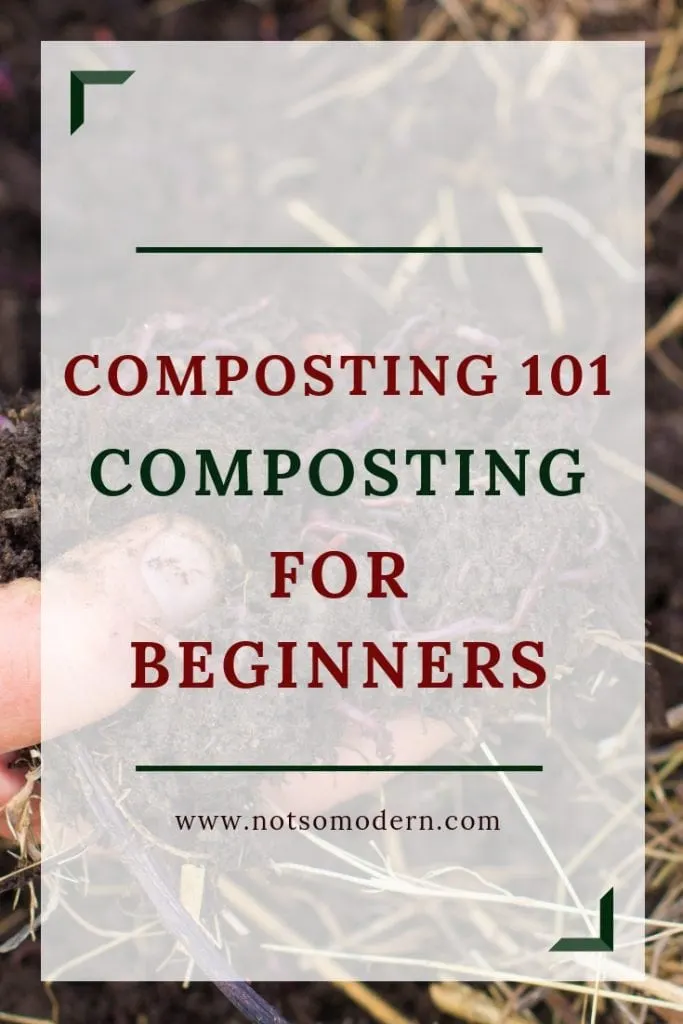
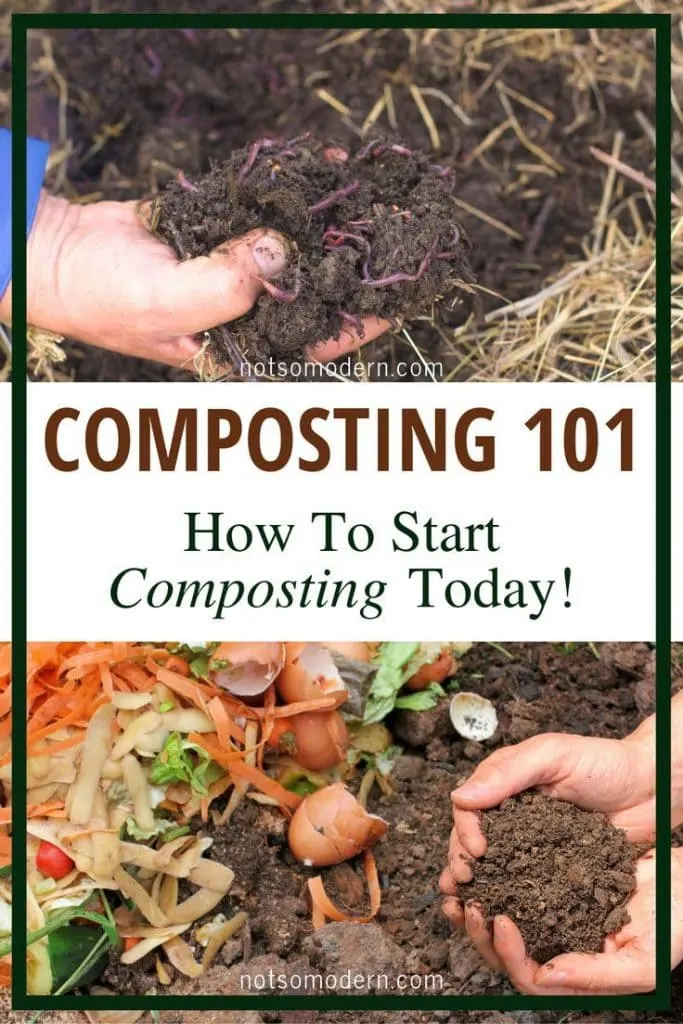
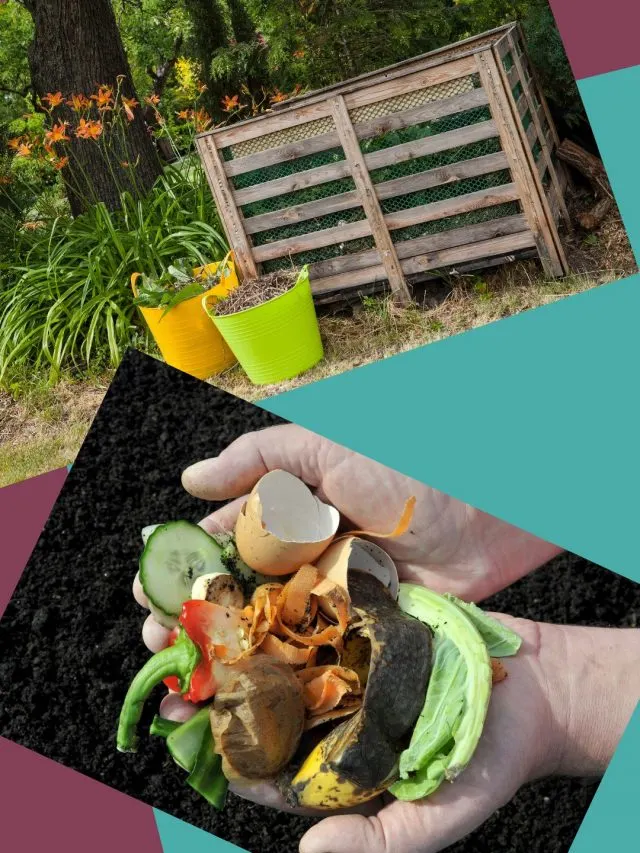
Deanna
Tuesday 23rd of November 2021
Thank you for this! I learned a lot! I plan to start composting for my garden! ThNk you!